SOURCE: IDRW.ORG
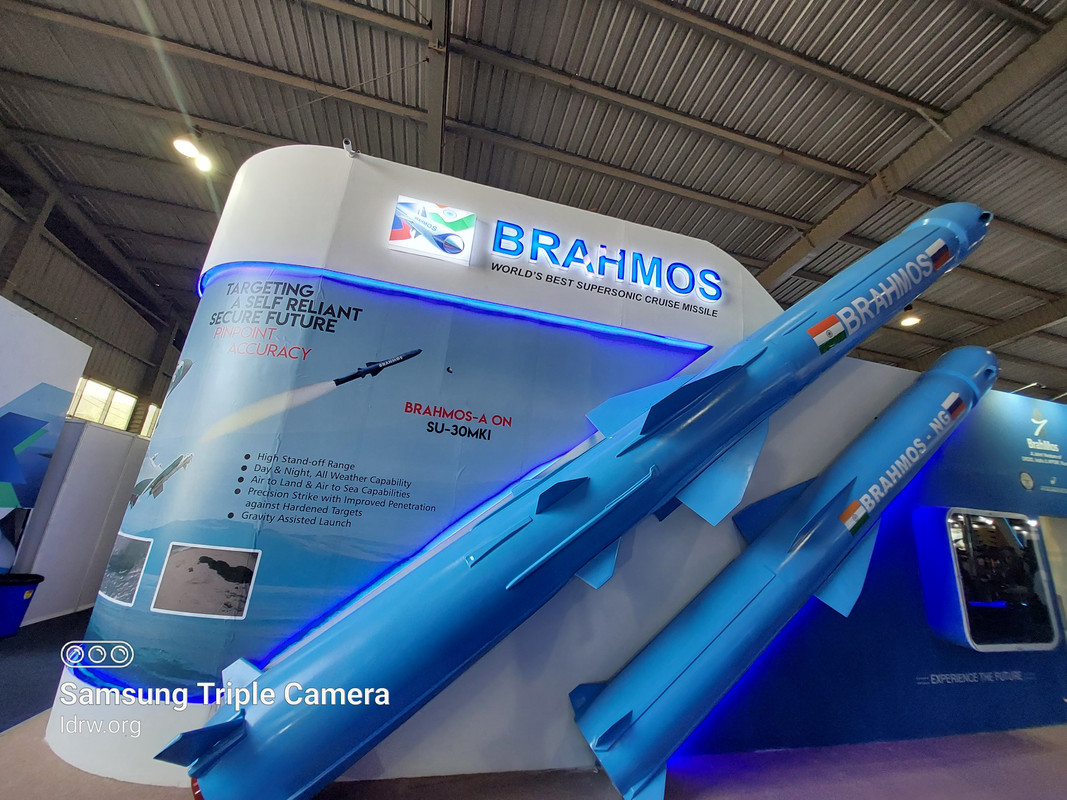
Following the successful export of BrahMos supersonic cruise missiles to the Philippines, the Indo-Russian joint venture behind the weapon system is setting its sights on new partnerships. BrahMos CEO has expressed confidence in ongoing talks with several countries, suggesting potential deals could be finalized within a more realistic timeframe than the 2-3 years mentioned in some reports.
According to media sources citing the CEO, BrahMos is engaged in advanced discussions with at least two to three countries. While the official did not disclose specific names, there’s a strong possibility that at least one of these negotiations might culminate in a signed agreement in the near future.
Continue readingSOURCE: IDRW.ORG

Indian Armed Forces have a new contender in the tactical gear arena – Armasen Tactical. This high-quality manufacturer, known for collaborating with Special Operations Units, has offered its latest range to Indian troops.
Armasen Tactical highlights the S.F. R.I.G. Plate Carrier alongside their G.R.I.P. Combat Belt as the core of their offering. These are complemented by a variety of Utility and Ammo Pouches, creating a comprehensive combat ensemble.
Continue readingSOURCE: AFI
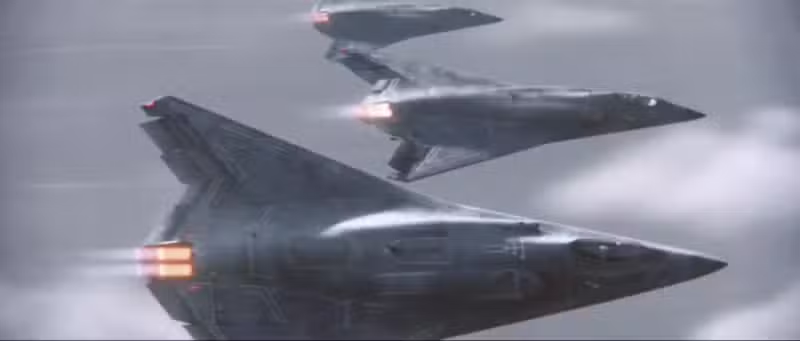
While the allure of cutting-edge technology is undeniable, there are compelling reasons for India to carefully consider the strategic and economic implications of pursuing 6th generation fighter jets in the 2040s.
The United States Air Force’s Next-Generation Air Dominance (NGAD) program serves as a stark example. With an estimated cost of $300 million per unit, 6th generation jets represent a staggering leap from current aircraft. This translates to a price tag that’s a whopping 310.959% more expensive than the Su-30MKI and a significant 114.286% more than the Rafale.
Continue readingSOURCE: AFI
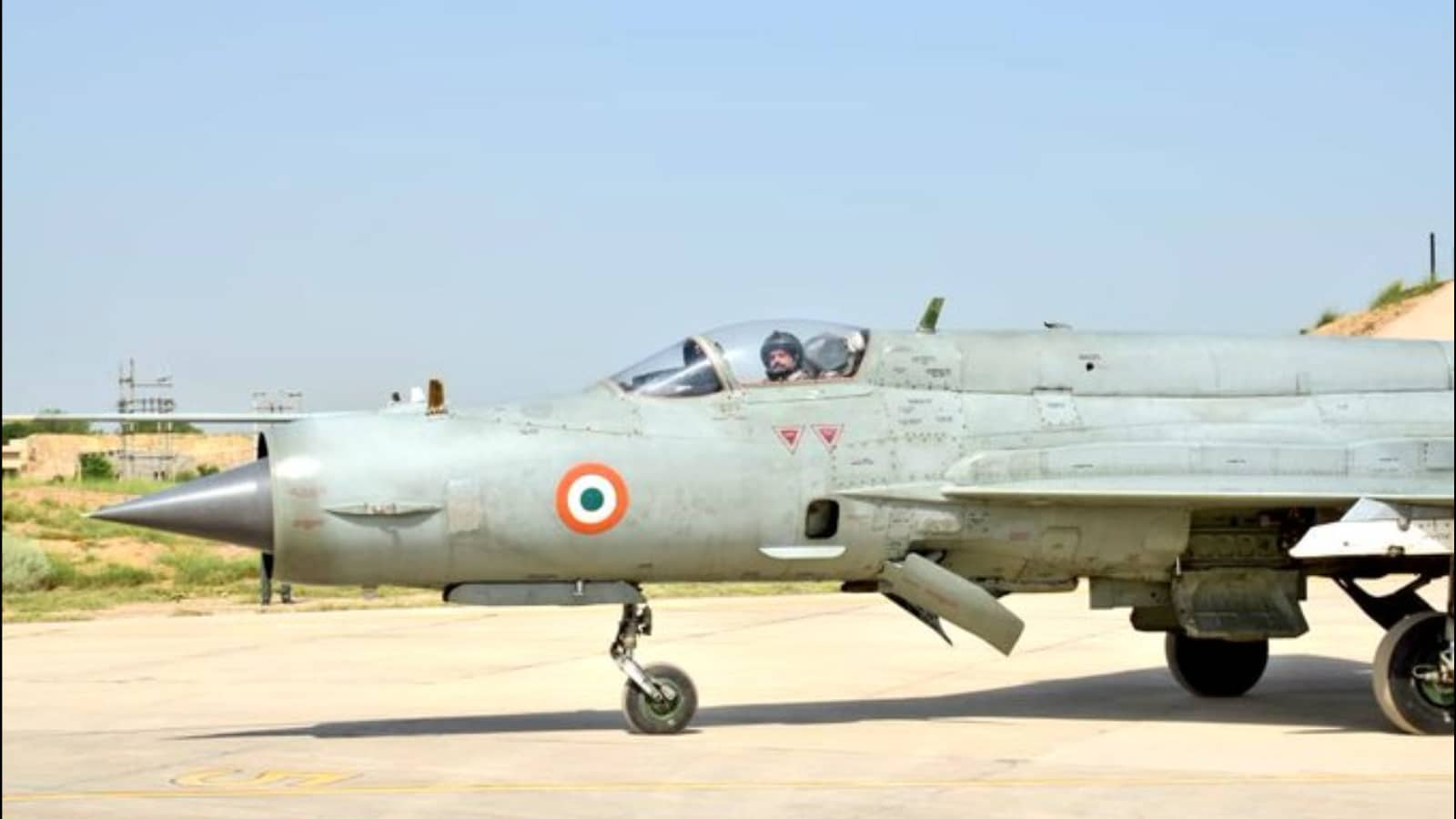
The Indian Air Force (IAF) has taken a significant step towards the retirement of its iconic MiG-21 fighter jets. The No. 23 Squadron, also known as the “Panthers,” has relocated from its home base at Suratgarh, Rajasthan, to Nal airbase near Bikaner. This move consolidates the remaining MiG-21 fleet at a single location.
Nal already houses the No. 3 Squadron, nicknamed the “Cobras,” which also flies MiG-21s. This consolidation signifies the dwindling number of operational MiG-21s in the IAF. An official source, speaking on condition of anonymity, confirmed the relocation and the IAF’s plans for the remaining jets.
Continue readingSOURCE: AFI
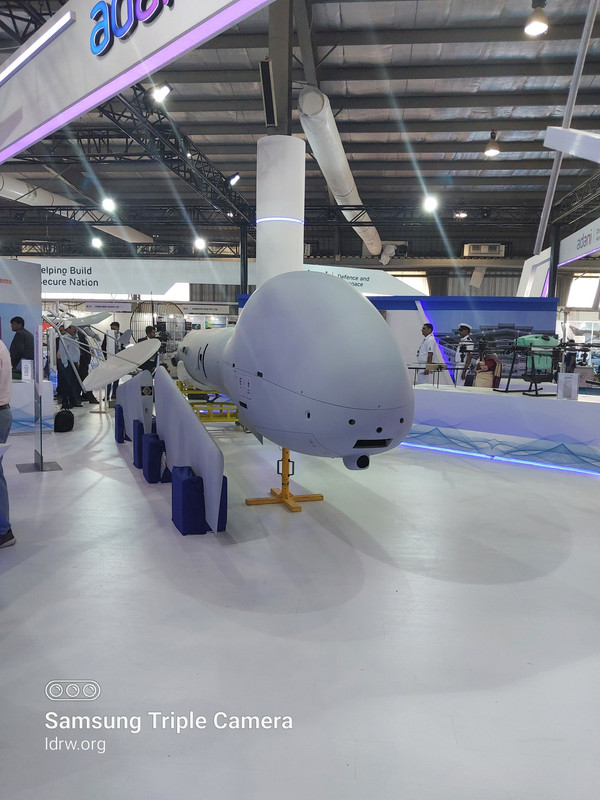
Lieutenant General HS Panag (Retd.), former Northern Command and Central Command chief, in a recent column for The Print, applauds the Ministry of Defence (MoD) and the armed forces’ decision to include all categories of Unmanned Aerial Vehicles (UAVs) in the negative import list. This policy shift mandates the domestic production of UAVs under the “Make in India” initiative, with the potential exception of highly strategic UAVs like the MQ-9B Sea/Sky Guardian.
General Panag expresses optimism that India’s burgeoning drone industry will soon master even these advanced categories. He highlights Adani Defence Systems’ success in manufacturing the Hermes 900 (Drishti-10) multi-payload UAV for the Army and Navy, with the remarkable feat of even exporting them back to Israel. This exemplifies India’s growing prowess in UAV technology.
Continue readingSOURCE: AFI

The Indian Army’s 2 Engineer Regiment of the Chinar Corps has collaborated with R+D Studio to develop a revolutionary pilot outpost for harsh high-altitude environments. Located near Razdan Pass in Jammu & Kashmir’s northern sector at 14,000 feet, this project aims to significantly improve the living and operational conditions for soldiers stationed at such extreme locations.
Traditional outposts often rely on sandbags for construction, insulation, and security. Taking inspiration from this approach, R+D Studio designed a solution specifically tailored for these challenging environments. They developed 13″ x 9″ x 6″ Silica Composite Hollow Blocks (SCHBs). These patented blocks are a sustainable marvel, constructed entirely from 100% recycled materials like foundry dust and single-use/multi-use plastic waste, eliminating the need for natural resources.
Continue readingSOURCE: AFI
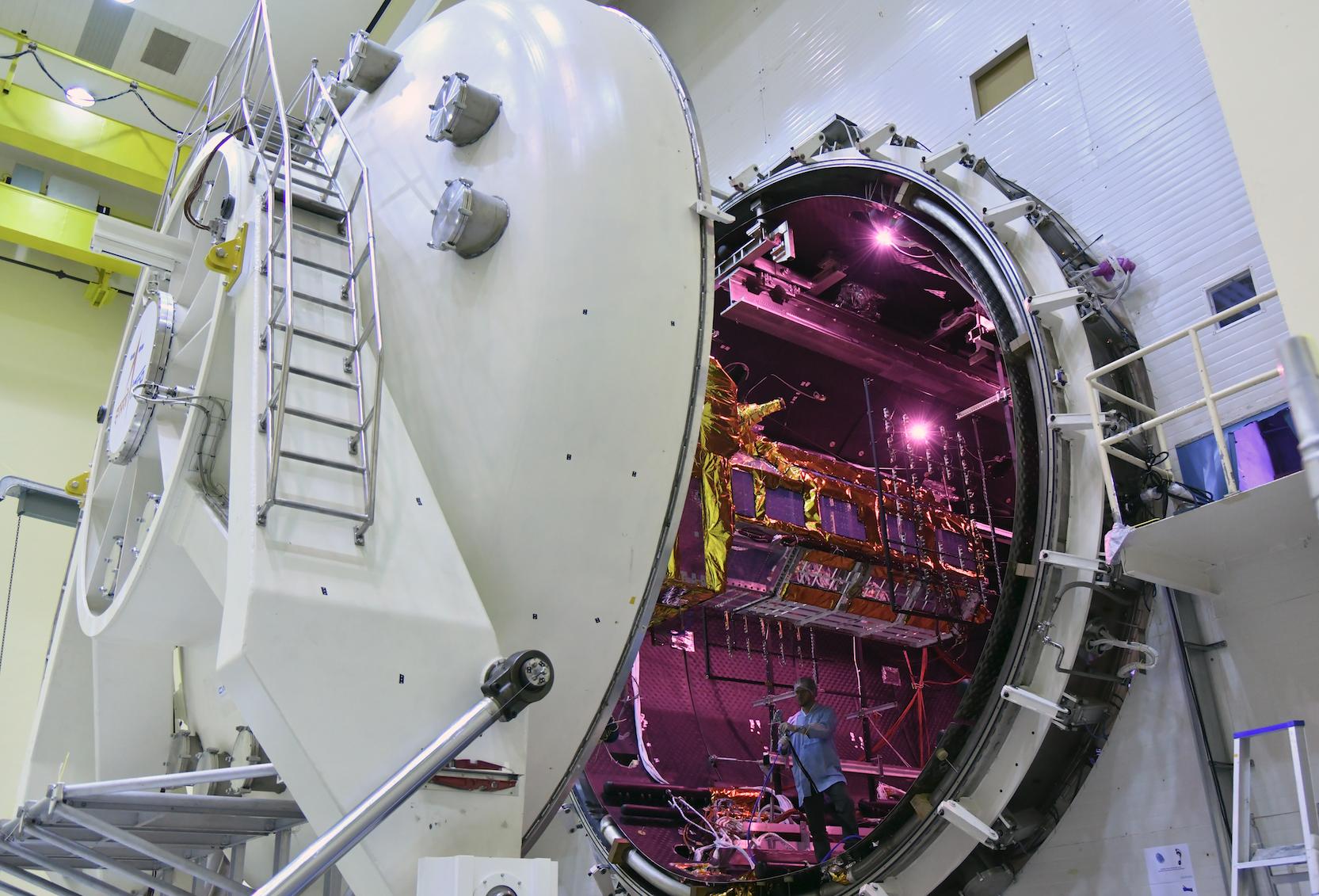
The Indian Space Research Organisation (ISRO) has a packed schedule for the remainder of 2024, according to agency chief S. Somanath. Speaking at the third Annual India Space Congress, Somanath outlined plans for three Gaganyaan test flights and the launch of the NISAR satellite.
The launch of NISAR, a collaborative mission between ISRO and NASA, has been pushed back due to a minor issue with a deployable antenna. The antenna, supplied by a US company, requires modifications and is expected to return to NASA’s Jet Propulsion Laboratory by July 10th. Once integrated back into the satellite and cleared by testing, NISAR will be ready for launch, though a specific date wasn’t provided. The mission was originally slated for March 2024.
Continue readingSOURCE: RAUNAK KUNDE / NEWS BEAT / IDRW.ORG
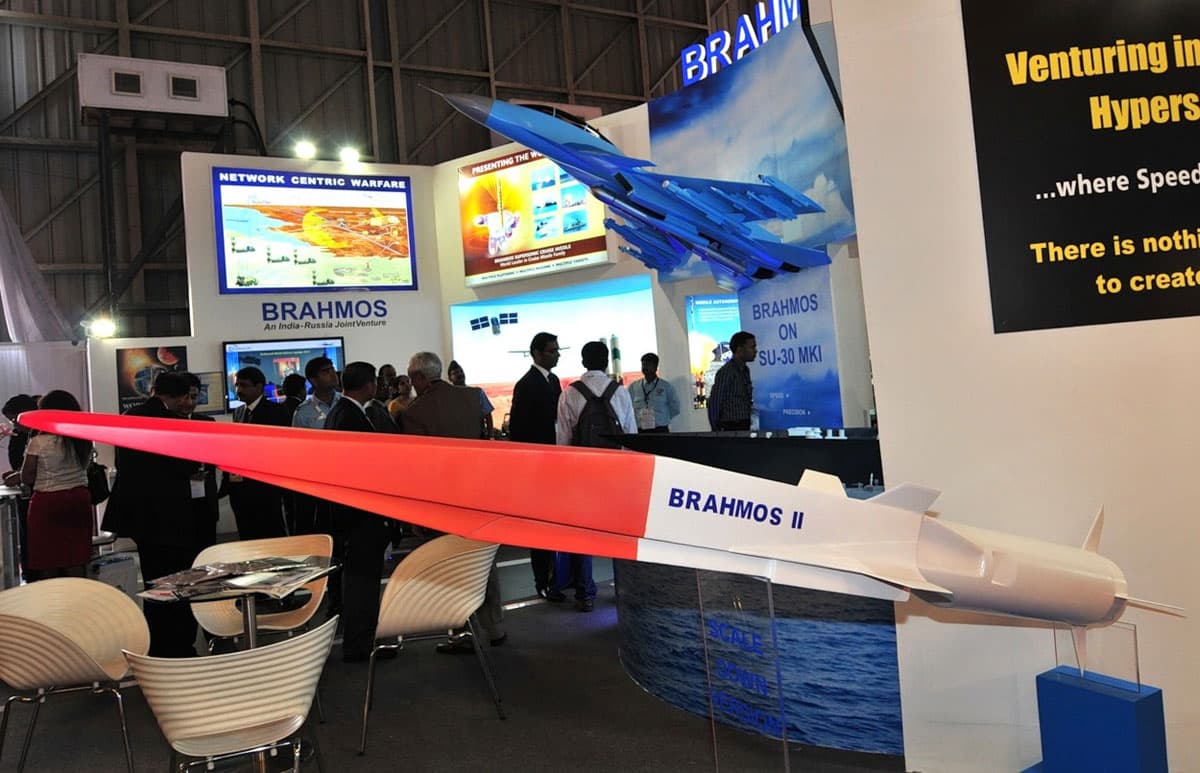
The hypersonic future of the BrahMos cruise missile system faces a hurdle as India’s BrahMos Corporation and Russia grapple with technical and financial hurdles in developing the BrahMos-2 variant. Talks between India and Russia on BrahMos-2 appear to have stalled. Russia’s hesitance to fully commit to the project is a primary concern. Discussions have reportedly hit roadblocks on several issues, jeopardizing the hypersonic ambitions of the BrahMos program.
The BrahMos-2 was originally envisioned as a hypersonic adaptation of the Russian Zircon cruise missile. However, to address potential export control concerns, the BrahMos-2’s speed was reportedly capped at Mach 6, compared to Zircon’s Mach 8 capability.
Continue readingSOURCE: RAUNAK KUNDE / NEWS BEAT / IDRW.ORG
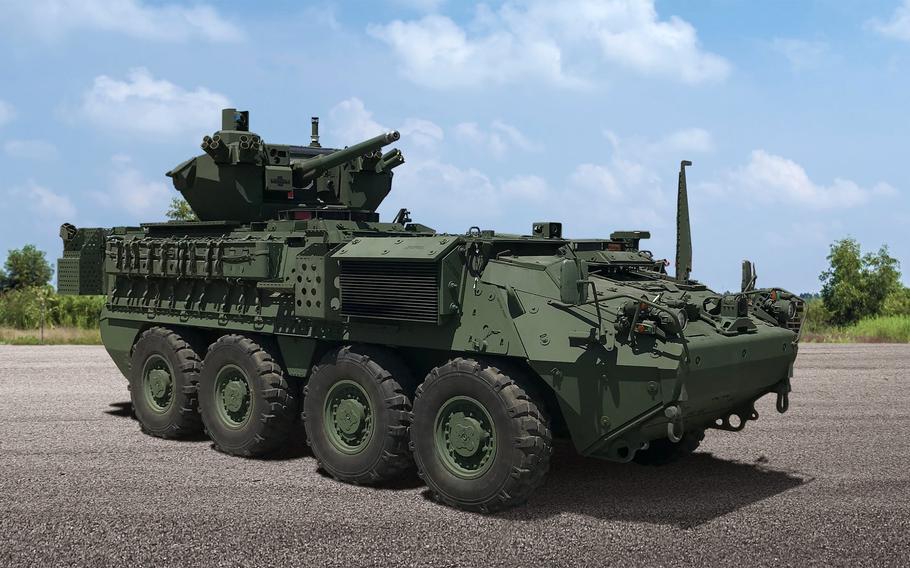
India is poised to embark on a significant defence collaboration with a steep price tag, as it prepares for the joint production of Stryker armoured vehicles under the ‘Make in India’ initiative. According to sources from the Indian Defence Research Wing (idrw), the initial estimated cost of this ambitious project is projected to exceed $1.5 billion, with each unit priced at a substantial $5 million markup.
A key component of this deal is the transfer of technology (ToT), which will facilitate the local production and assembly of the Stryker Armoured vehicles. This ToT arrangement will include the transfer of technical documentation necessary for the medium-term production of spare parts and the assembly of vehicles from the hull stage.
Continue readingSOURCE: RAUNAK KUNDE / NEWS BEAT / IDRW.ORG
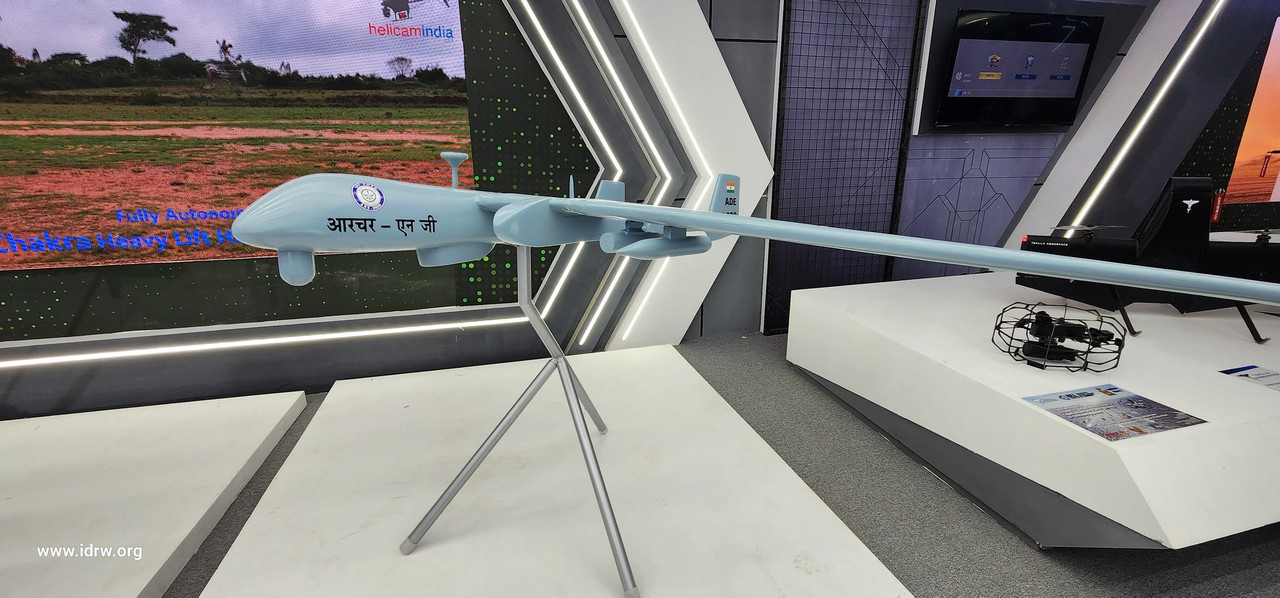
The development of India’s highly anticipated Archer-NG Medium Altitude Long Endurance (MALE) Unmanned Aerial Vehicle (UAV) has encountered a setback due to funding constraints. This news comes nearly a year after the Aeronautical Development Establishment (ADE) showcased the Archer-NG in late 2022.
The Archer-NG envisioned as an armed drone with a 300 kg payload capacity for weapons like smart anti-airfield munitions and anti-tank guided missiles, offered significant advancements. Its design, featuring a Single Engine Twin Boom configuration, differed from the Tapas UAV but employed similar equipment.
Continue readingSOURCE: AFI

IIT Jammu’s deep-tech startup, SAP Aerospace, led by Dr. Shanmugadas K.P., has emerged victorious in the open category of DRDO’s TDF Dare to Dream 4.0 Innovation Contest. This win signifies a major step forward for SAP Aerospace and their revolutionary work in the field of combat drone technology.
The DRDO’s Dare to Dream 4.0 Innovation Contest provides crucial support to promising ventures, and SAP Aerospace’s win is a testament to their groundbreaking aero-engine technology designed specifically for Unmanned Combat Aerial Vehicles (UCAVs). This contest win grants them the vital resources needed to further develop their next-generation engine solutions.
Continue readingSOURCE: AFI

Israel Aerospace Industries’ (IAI) Heron TP medium-altitude, long-endurance (MALE) unmanned aerial vehicles (UAVs), leased to the Indian Army (IA), were recently tracked flying over the Kashmir region on websites like Flightradar24.
These Heron TPs were previously reported to be leased from the Indian Air Force (IAF) in 2020 for potential deployment along the Line of Actual Control (LAC) bordering China in the Himalayas. The lease aimed to bolster India’s surveillance capabilities amidst ongoing border tensions.
Continue readingSOURCE : AFI
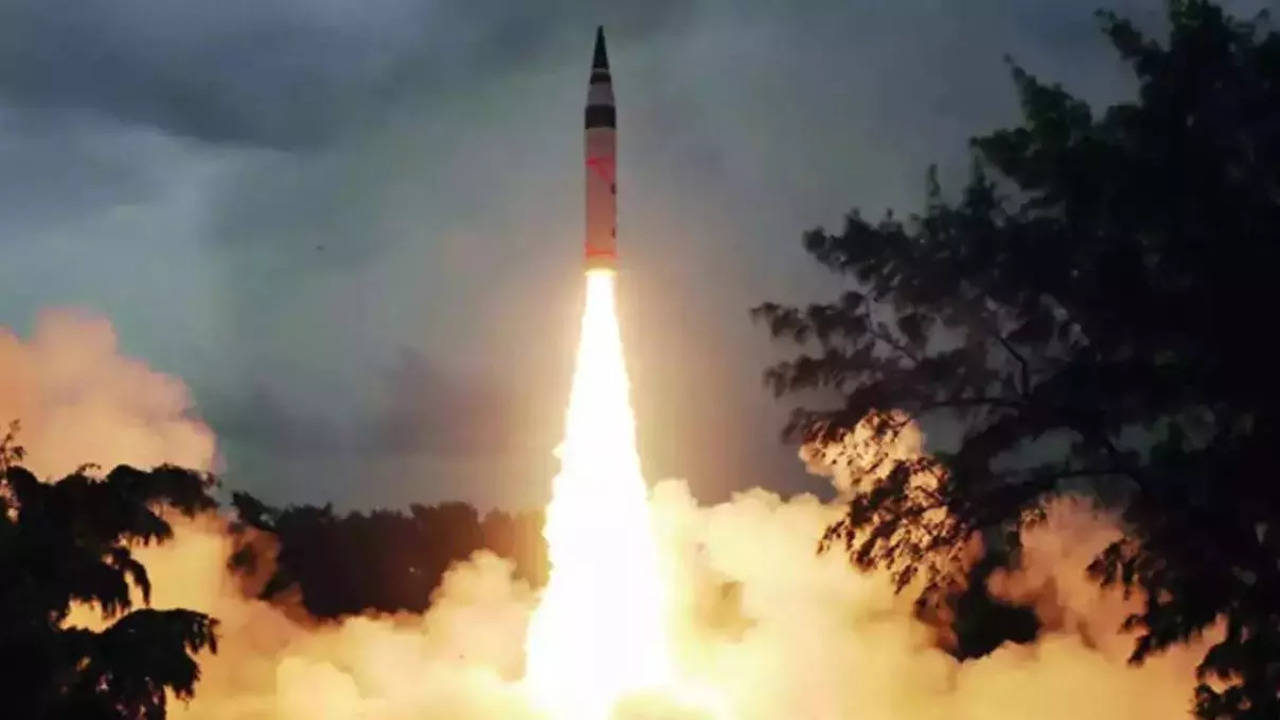
The Stockholm International Peace Research Institute (SIPRI) has reported that India’s nuclear arsenal stands at approximately 172 warheads as of January 2024, reflecting a slight increase from the previous year. This figure places India ahead of Pakistan for the first time since both nations conducted nuclear tests in 1998. The margin, however, is narrow – a mere two warheads.
Pakistani media outlets have contested SIPRI’s assessment. Historically, Western estimates, including those from SIPRI and the International Panel on Fissile Materials (IPFM), have placed Pakistan slightly ahead in terms of nuclear warhead stockpiles. These estimates rely heavily on satellite imagery analysis of uranium enrichment and plutonium production facilities, along with operational data. However, the specific methodologies employed by these institutions remain largely undisclosed, raising questions about the exactness of their figures.
Continue readingSOURCE : AFI

nion Home Minister Amit Shah chaired a high-level meeting at North Block to review the security situation in Jammu and Kashmir (J&K) and to assess the preparedness for the upcoming Amarnath Yatra, which is set to begin on June 29. The meeting was attended by prominent figures, including National Security Advisor Ajit Doval and Lieutenant Governor Manoj Sinha, among others.
During the meeting, the Central Reserve Police Force (CRPF) highlighted its proposal to create 659 posts for their Mountain Battalions. The CRPF emphasized the necessity of this initiative, stating that over time, terrorist activities have shifted from urban areas to the forests at higher altitudes. A senior official explained, “After monitoring their regular activities, it has been observed that over a period, they have moved from urban areas to the terrain of forests at higher reaches. Since they are changing their modus operandi, security establishments also have to reinvigorate their plans as per the current scenario.”
Continue readingSOURCE: IDRW.ORG
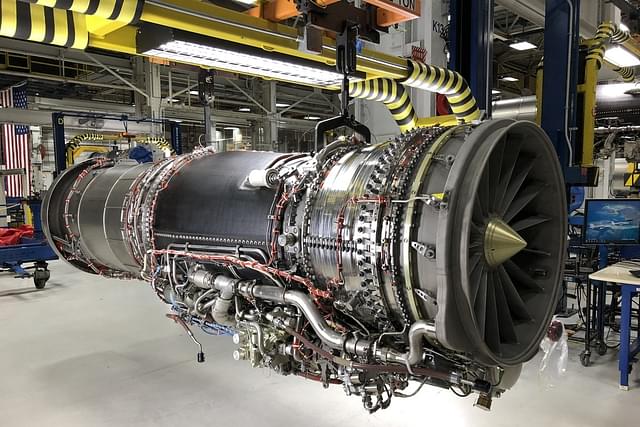
In a landmark development following Prime Minister Narendra Modi’s third term in office, India and the United States have reinitiated discussions on the sale and transfer of technology (ToT) for the American General Electric F-414 (GEF-414) engine. This significant defense collaboration aims to enhance the indigenous production capabilities of India’s state-owned Hindustan Aeronautics Limited (HAL), positioning it as a local partner in this crucial program.
The proposed deal includes an 80% transfer of technology (ToT) to HAL, facilitating the local production of the GEF-414 engines. U.S. congressional approvals for this deal have been secured, paving the way for price negotiation committee talks, which are set to take place later this year in India.
Continue reading